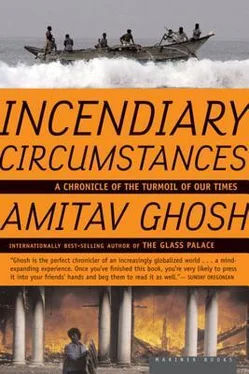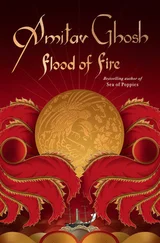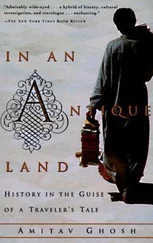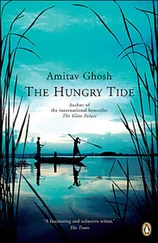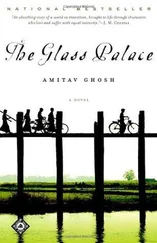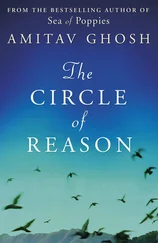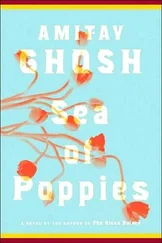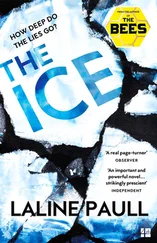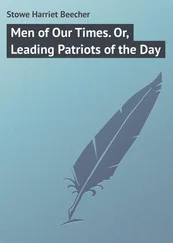The scene my memory preserved is of a moment when it seemed inevitable that we would be attacked.
Rounding a corner, we found ourselves facing a crowd that was larger and more determined-looking than any other crowds we had encountered. On each previous occasion we had prevailed by marching at the thugs and engaging them directly, in dialogues that turned quickly into extended shouting matches. In every instance we had succeeded in facing them down. But this particular mob was intent on confrontation. As its members advanced on us, brandishing knives and steel rods, we stopped. Our voices grew louder as they came toward us; a kind of rapture descended on us, exhilaration in anticipation of a climax. We braced for the attack, leaning forward as if into a wind.
And then something happened that I have never completely understood. Nothing was said; there was no signal, nor was there any break in the rhythm of our chanting. But suddenly all the women in our group — and the women made up more than half the group's numbers — stepped out and surrounded the men; their saris and kameezes became a thin, fluttering barrier, a wall around us. They turned to face the approaching men, challenging them, daring them to attack.
The thugs took a few more steps toward us and then faltered, confused. A moment later they were gone.
The march ended at the walled compound where it had started. In the next couple of hours an organization was created, the Nagarik Ekta Manch, or Citizen's Unity Front, and its work — to bring relief to the injured and the bereft, to shelter the homeless — began the next morning. Food and clothing were needed, and camps had to be established to accommodate the thousands of people with nowhere to sleep. And by the next day we were overwhelmed — literally. The large compound was crowded with vanloads of blankets, secondhand clothing, shoes, and sacks of flour, sugar, and tea. Previously hardnosed, unsentimental businessmen sent cars and trucks. There was barely room to move.
My own role was slight. For a few weeks I worked with a team from Delhi University, distributing supplies in the slums and working-class neighborhoods that had been worst hit by the rioting. Then I returned to my desk.
In time, inevitably, most of the front's volunteers returned to their everyday lives. But some members — most notably the women involved in the running of refugee camps — continued to work for years afterward with Sikh women and children who had been rendered homeless. Lalita Ramdas, Veena Das, Mita Bose, Radha Kumar: these women, each one an accomplished professional, gave up years of their time to repair the enormous damage that had been done in a matter of two or three days.
The front also formed a team to investigate the riots. I briefly considered joining but then decided that an investigation would be a waste of time, because the politicians capable of inciting violence were unlikely to heed a tiny group of concerned citizens.
I was wrong. A document eventually produced by this team — a slim pamphlet entitled "Who Are the Guilty?" — has become a classic, a searing indictment of the politicians who incited the riots and the police who allowed the rioters to have their way.
Over the years the Indian government has compensated some of the survivors of the 1984 violence and resettled some of the survivors. One gap remains: to this day, not one instigator of the riots has been charged. But the pressure on the government has never gone away, and it continues to grow; every year the nails hammered in by that slim document dig just a little deeper.
The pamphlets and others that followed are testaments to the only humane possibility available to people who live in multiethnic, multireligious societies like those of the Indian subcontinent. Human rights documents such as "Who Are the Guilty?" are essential to the process of broadening civil institutions: they are the weapons with which society asserts itself against a state that runs criminally amok, as this one did in Delhi in November of 1984.
It is heartening that sanity prevails today in the Punjab. But not elsewhere. In Bombay, local government officials want to stop people from painting buildings green — a color associated with the Muslim religion. And hundreds of Muslims have been deported from the city's slums — in at least one case for committing an offense no greater than reading a Bengali newspaper. It is imperative that governments ensure that those who instigate mass violence do not go unpunished.
The Bosnian writer Dzevad Karahasan, in a remarkable essay called "Literature and War" (published last year in his collection Sarajevo, Exodus of a City ), makes a startling connection between modern literary aestheticism and the contemporary world's indifference to violence: "The decision to perceive literally everything as an aesthetic phenomenon — completely sidestepping questions about goodness and truth — is an artistic decision. That decision started in the realm of art, and went on to become characteristic of the contemporary world."
When I went back to my desk in November of 1984, I found myself confronting decisions about writing that I had never faced before. How was I to write about what I had seen without reducing it to mere spectacle? My next novel was bound to be influenced by my experiences, but I could see no way of writing directly about those events without creating them as a panorama of violence—"an aesthetic phenomenon," as Karahasan was to call it. At the time, the idea seemed obscene and futile; of much greater importance were factual reports of the testimony of the victims. But these were already being done by people who were, I knew, more competent than I could be.
Within a few months I started my novel, which I eventually called The Shadow Lines —a book that led me backward in time to earlier memories of riots, ones witnessed in childhood. It became a book not about any one event but about the meaning of such events and their effects on the individuals who live through them.
And until now I have never really written about what I saw in November of 1984. I am not alone; several others who took part in that march went on to publish books, yet nobody, so far as I know, has ever written about it except in passing.
There are good reasons for this, not least the politics of the situation, which leave so little room for the writer. The riots were generated by a cycle of violence, involving the terrorists in the Punjab, on the one hand, and the Indian government, on the other. To write carelessly, in such a way as to appear to endorse terrorism or repression, can add easily to the problem, and in such incendiary circumstances, words cost lives, and it is only appropriate that those who deal in words should pay scrupulous attention to what they say. It is only appropriate that they should find themselves inhibited.
But there is also a simpler explanation. Before I could set down a word, I had to resolve a dilemma, between being a writer and being a citizen. As a writer, I had only one obvious subject: the violence. From the news report, or the latest film or novel, we have come to expect the bloody detail or the elegantly staged conflagration that closes a chapter or effects a climax. But it is worth asking if the very obviousness of this subject arises out of our modern conventions of representation; within the dominant aesthetic of our time — the aesthetic of what Karahasan calls "indifference" — it is all too easy to present violence as an apocalyptic spectacle, while the resistance to it can easily figure as mere sentimentality or, worse, as pathetic and absurd.
Writers don't join crowds — Naipaul and so many others teach us that. But what do you do when the constitutional authority fails to act? You join and in joining bear all the responsibilities and obligations and guilt that joining represents. My experience of the violence was overwhelmingly and memorably of the resistance to it. When I think of the women staring down the mob, I am not filled with a writerly wonder. I am reminded of my gratitude for being saved from injury. What I saw at first hand — and not merely on that march but on the bus, in Hari's house, in the huge compound that filled with essential goods — was not the horror of violence but the affirmation of humanity: in each case, I witnessed the risks that perfectly ordinary people are willing to take for one another.
Читать дальше
